Francesco di Antonio del Chierico
Artists
Francesco di Antonio del Chierico (1433-1484), who was to become one of Lorenzo de’ Medici’s favourite artists, illuminated the frontispiece with the dedication to Louis XI and the facing page with the beginning of the prologue (fols. 1v-2r).
His design of the dedication page draws on manuscripts made at the time of Charlemagne, while the white vine scrolls of the prologue’s page, populated with birds, deer, antique medallions and cherubs (putti), are the characteristic motifs of Humanistic manuscripts and Italian Renaissance aesthetics. Both pages show the transition from the precise drawing technique and saturated pigments of del Chierico’s early works to the briskly sketched figures and delicate palette of his documented, post-1463 manuscripts.
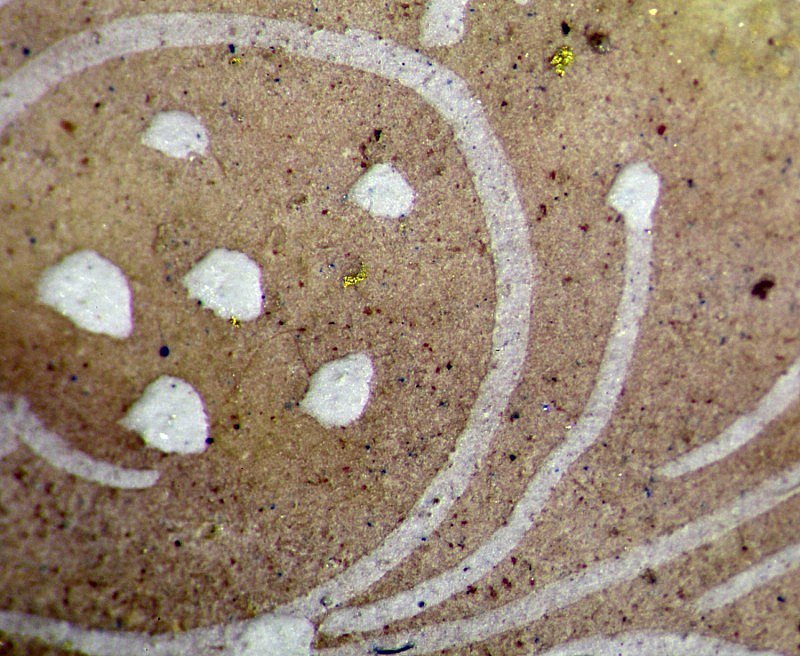
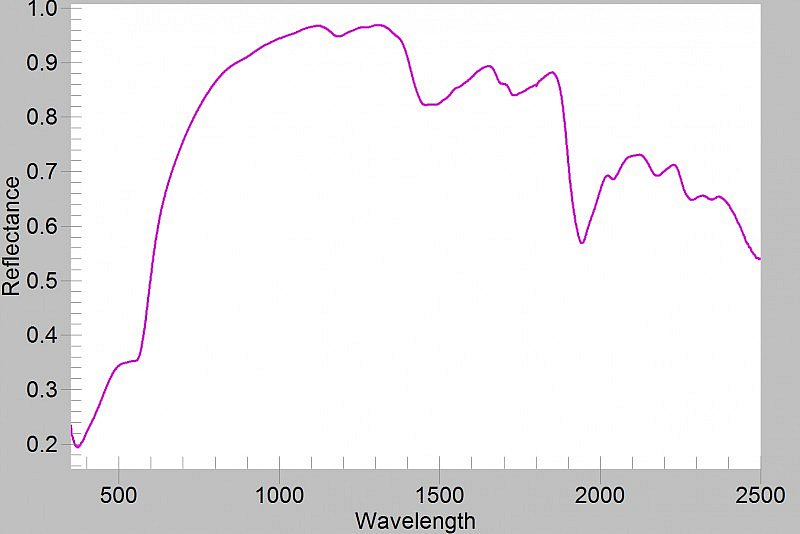
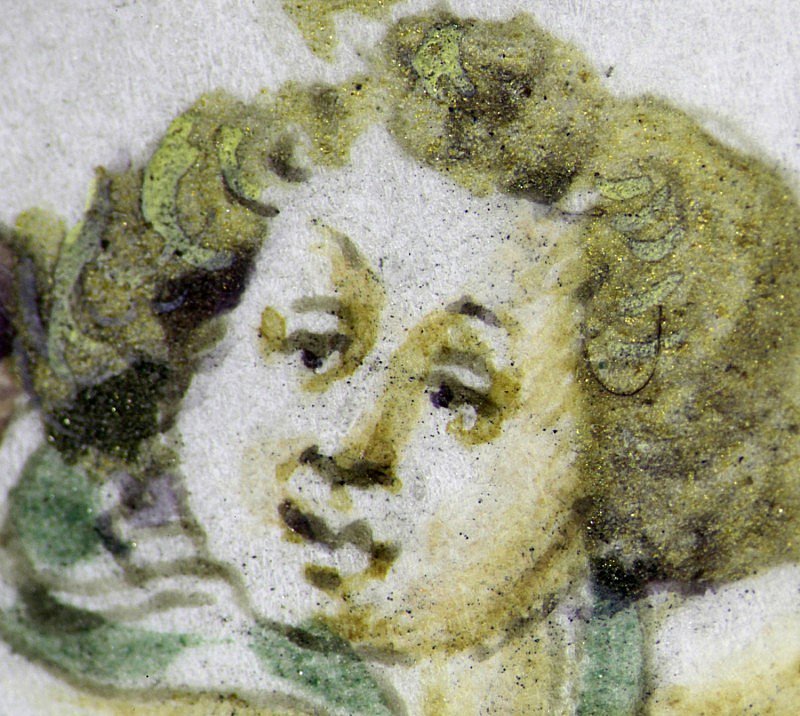
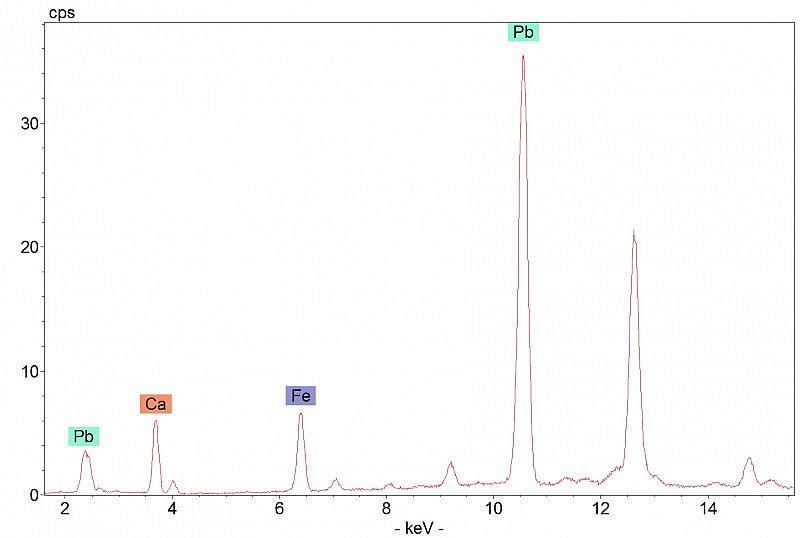
_cropped_HS2a.JPG)
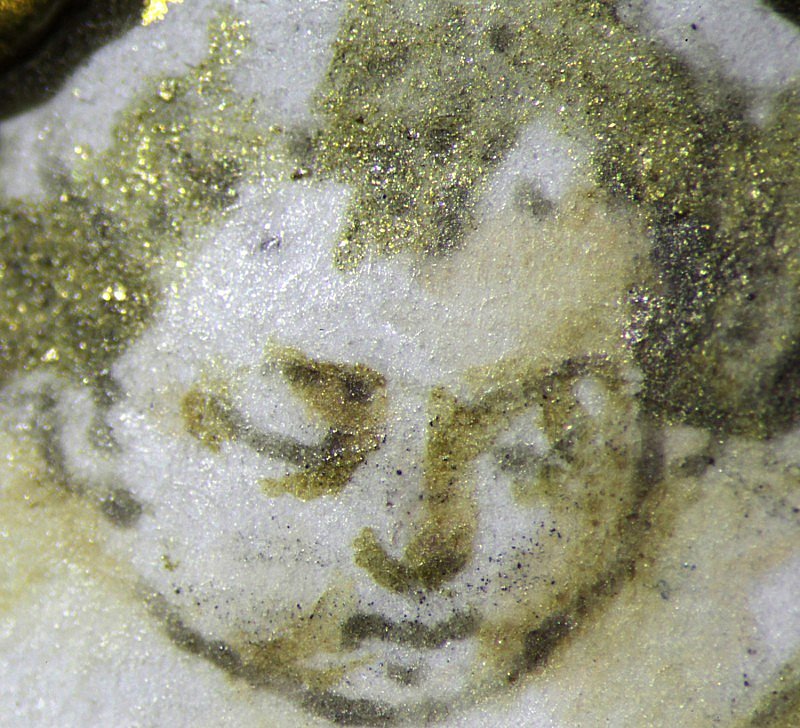
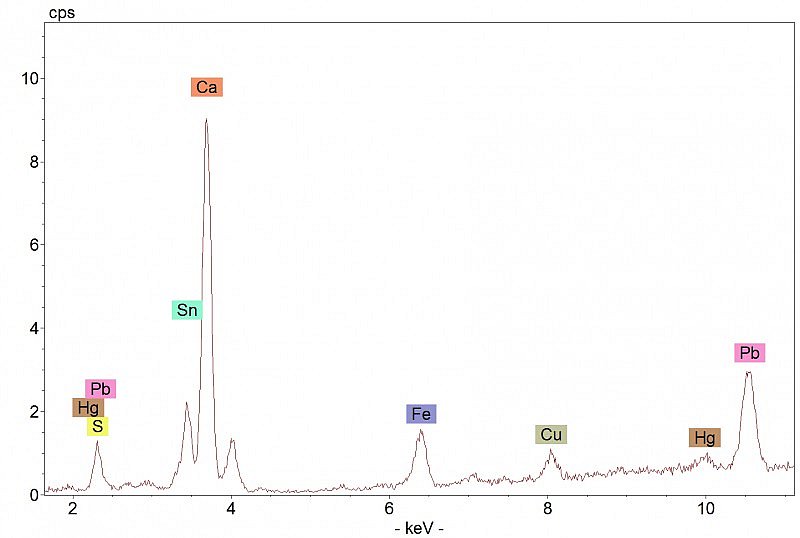
Dedication to Louis XI
The dedication to Louis XI of France is written in gold and azurite blue capitals within a blue, green and pink medallion (hotspot 1) supported and flanked by cherubs (putti). It is surmounted by the royal arms of France, also supported by putti, with two more kneeling above the shield. The putti’s flesh tones and hair were painted with a subtle but effective technique which exploits the creamy white colour and the texture of the parchment, which is left showing in most areas (hotspots 2-4).